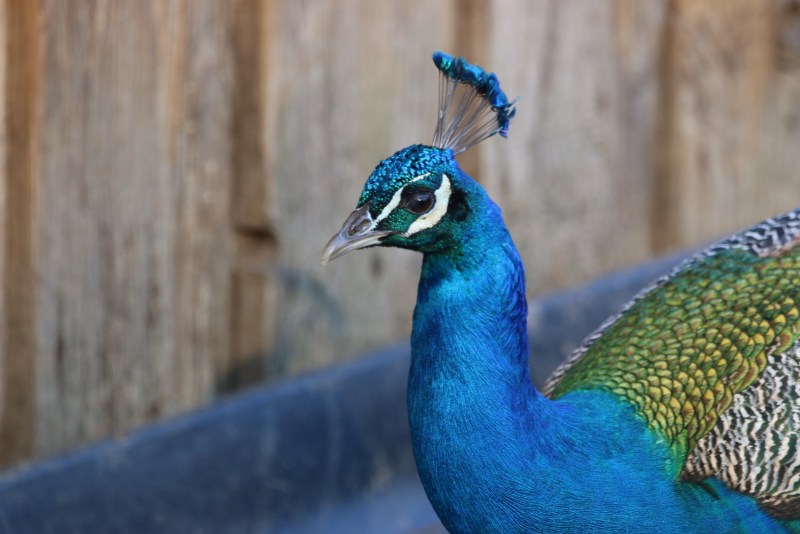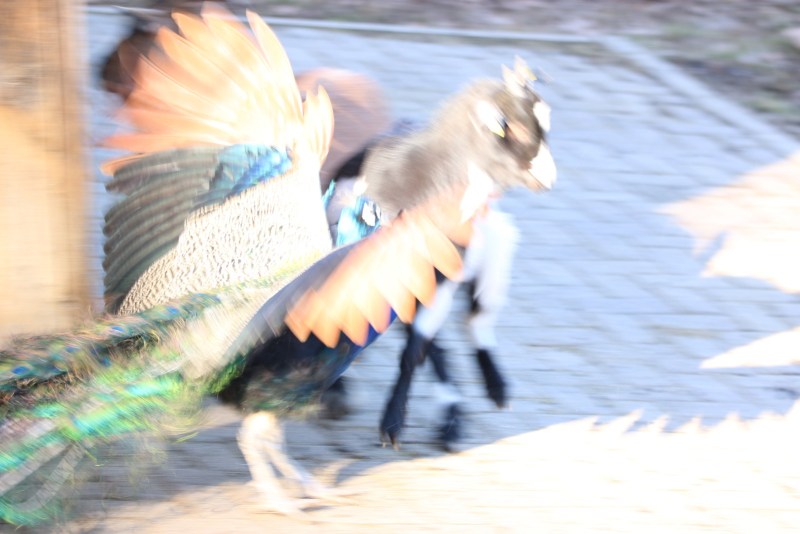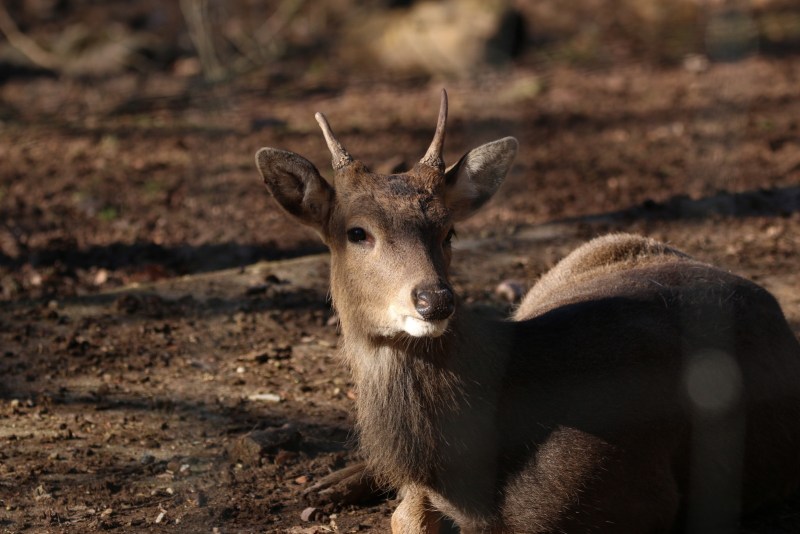Well, we have a fresh layer of snow again and, although it’s very pretty and it reflects a lot of light, I’m fed up with the stuff. I crave the changing shades of green things; the growing grass and leaves that burst into life. I crave the sound of songbirds through an open window and the earthy smell of fresh air blowing through the house. I am so ready to ditch my big coats and heavy boots. My feet want to go bare and feel the warmth of sunlight on the sidewalk and the cool of grass on the lawn. Come, Persephone. It’s time to send Boreas packing.
As a bonus today, this is an early animation produced by Disney studios in 1934. I’m hoping that Spring will see it as an invitation.





























